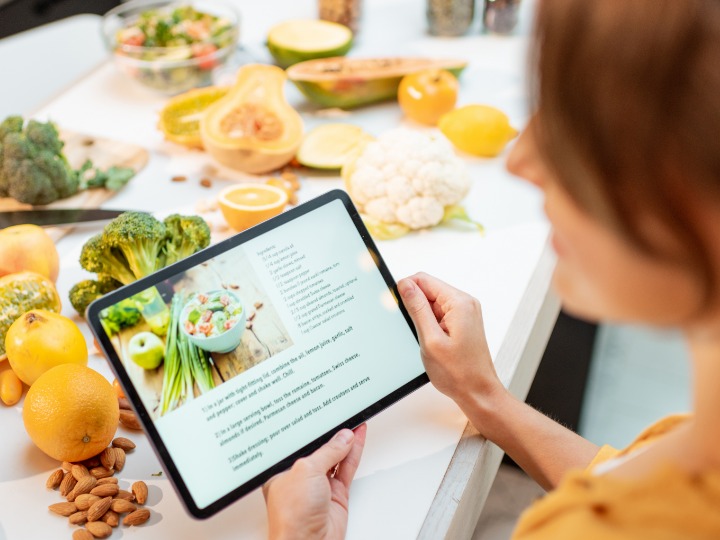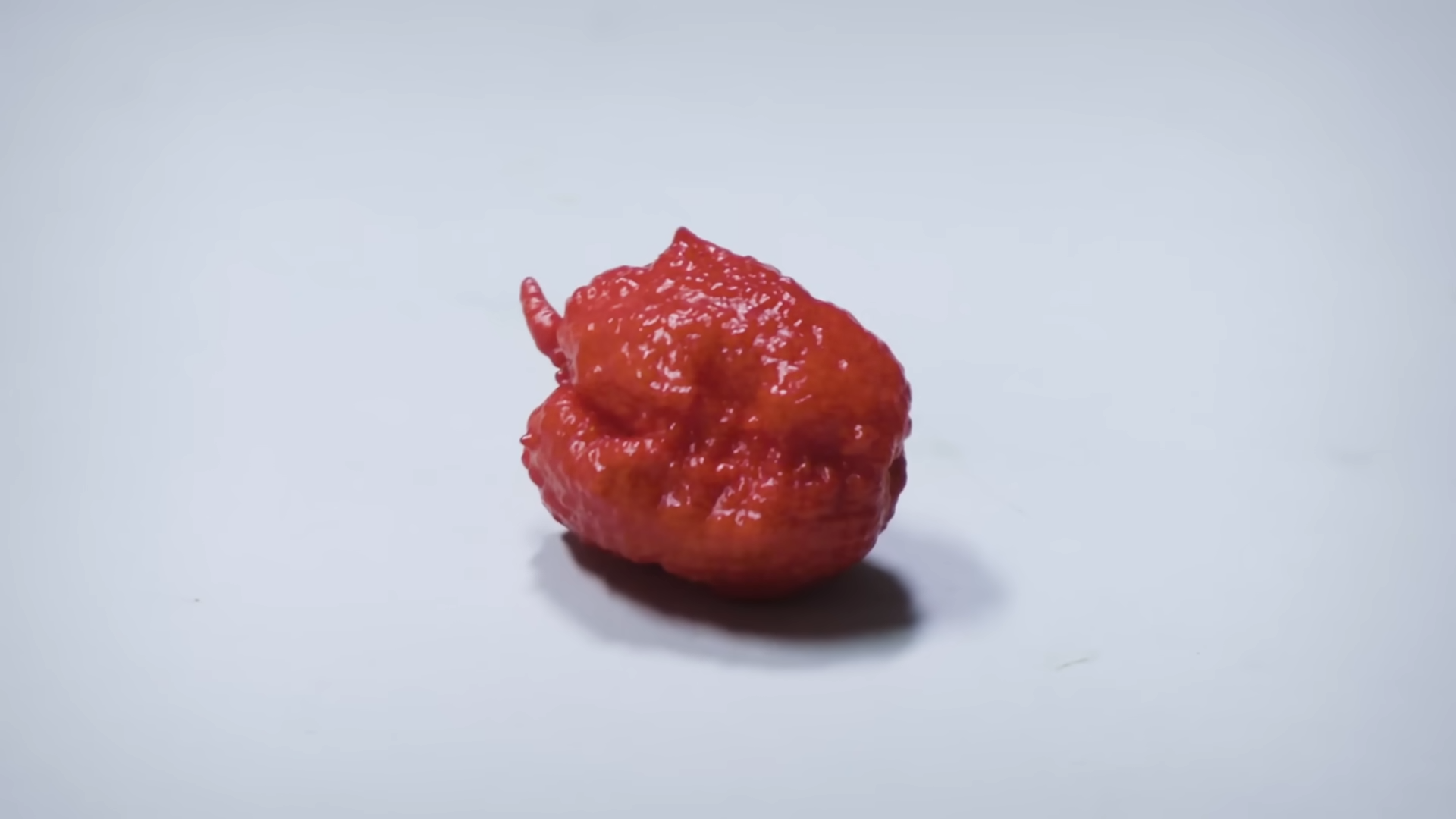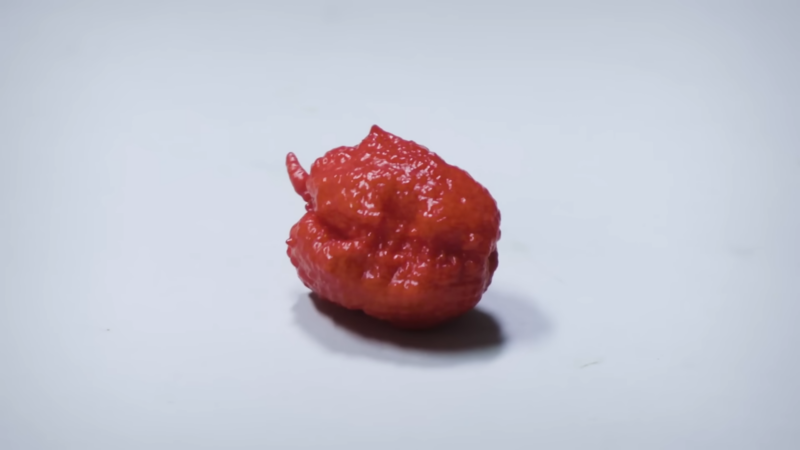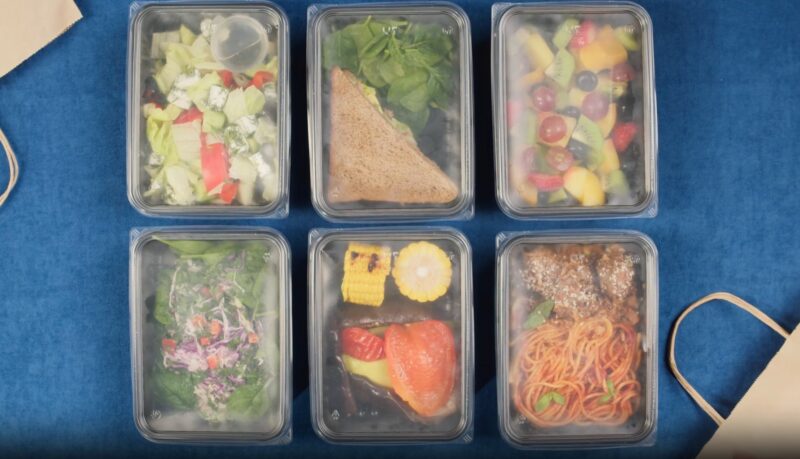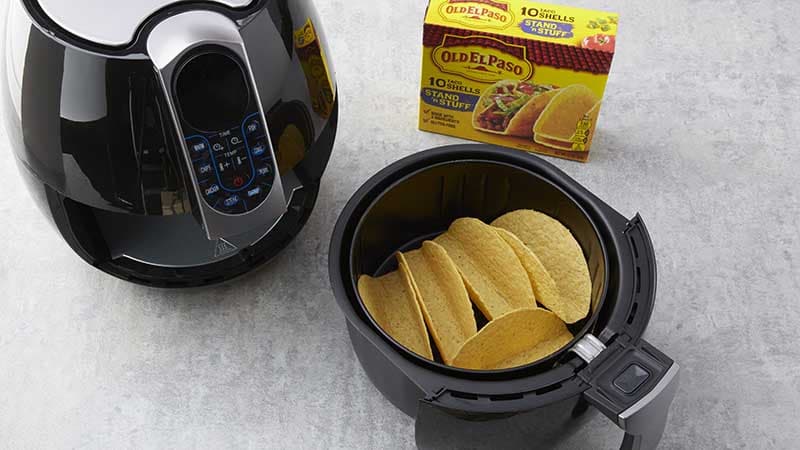
Ever left chicken out on the counter, got distracted by a phone call, and then stared at it, wondering if it’s still okay to cook? I remember once, during a family gathering, my aunt forgot a marinated chicken on the kitchen island. Hours later, amidst laughter and stories, someone pointed it out, leading to a house-wide debate on its edibility.
Turns out, this is a common dilemma. Chicken, a kitchen favorite, comes with its own set of rules.
Let’s go through the nitty-gritty of how long our feathery friend can hang out before it’s no longer safe to eat.
Safety Must Come First
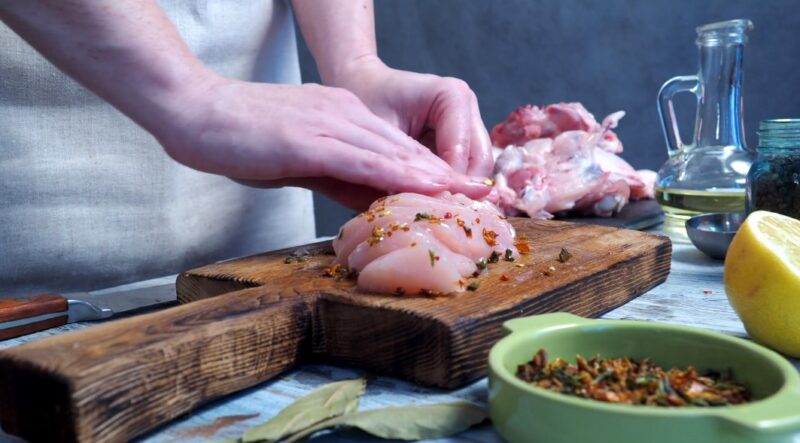
Proper handling and storage of poultry products, may it be raw or cooked, must be taken seriously to avoid health problems for you and your family. Poultry is one source that gives fatal food-borne illness worldwide. Poisonous bacteria are hard to kill especially they have spread and penetrated the meat too far.
Salmonella and Campylobacter are the number one health risk that is associated with chicken. Diarrhea is usually the first obvious symptom, and the infection that would follow could be fatal. Hence, observance of proper food handling and storage is of importance.
In general, packing and keeping it the right way is the key to extend your food’s shelf life. Let me break down to you the factors that you should consider before determining how long your chicken can sit out.
1. Temperature
Temperature is an essential factor when it comes to the food’s shelf life. Bacteria thrives between 40 deg. F and 140 deg. F and multiplies fast. They are desperate to survive, so expect them breeding in your food. Now you know why the fridge’s temperature must always be below 40 deg. F and food steamers keep it beyond 140 deg. F.
Hence, anywhere near that temperature is already borderline. Bacteria contaminates the meat as soon as you set it aside on the table.
2. Time
How long can it sit out unrefrigerated? Knowing that bacteria multiplies fast at every 20 minutes (I read about it in some forum), imagine them spreading and feeding with your chicken in time. Clearly, the longer it stays, the quicker it will spoil.
I am actually guilty on this before I learned the proper food handling at home. I thought that as long as I will cook (165 deg. F) the chicken later, it would be all right. Do you know that the higher the level of bacteria in the chicken before cooking, the more remains after?
This is utterly a health hazard considering that some bacteria release toxins that are fatal even after destroying them.
Read more: How Long Does Cooked Tofu Last?
How Long Can it Sit Out and Still Be Safe to Eat?
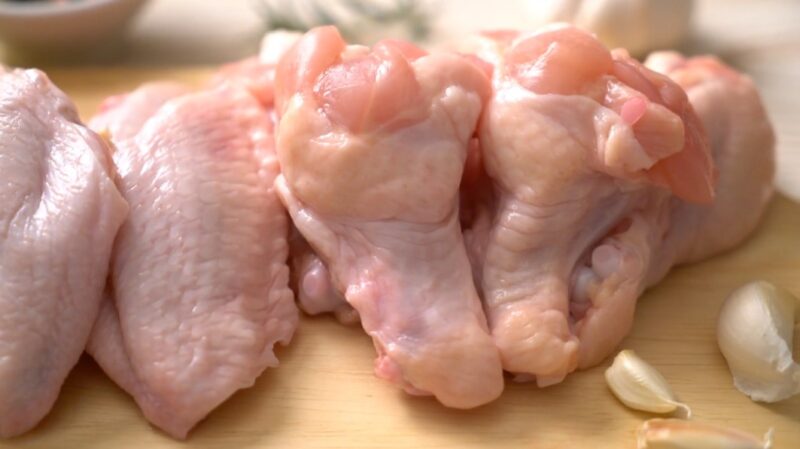
It does not matter if the chicken is raw or cooked; it is acceptable to set aside a chicken unrefrigerated for a maximum of two hours.If the temperature is more than 90 deg. F, one hour is the safest. Regardless what the state of the meat is, the two-hour rule is always applicable. Meaning, there is no exemption to the rule whether you are thawing the chicken at room temperature or just a freshly bought meat waiting for your cooking, Norah Clark from YummyTasteFood explains.
On the other hand, chicken that has been sitting out under the heat of the sun is another case. Especially during summer days when barbecues are a hit, we find raw chicken cuts waiting for the grill. Do not leave your chicken meat longer than an hour under the heat of the sun and cook it right away. Therefore, it is better to keep your meat cool and out of the sun until it’s grilling time!
Therefore, make sure to take note of the time when thawing chicken or simply to set it aside especially during warmer days. I suggest keeping an indoor thermometer to know the room temperature accurately. Learn how to use a food thermometer to monitor the temperature of your dishes as well. A food thermometer is a vital tool in controlling bacteria.
How to know if the chicken is already spoiled?
Unless it already took long hours, you cannot tell if the chicken is already spoiled. Hence, if you are not sure how long it has been set aside, I find it safe to throw it out. Otherwise, take note that a spoiled meat (left out for almost a day unrefrigerated) will look greyish in color instead of the pink meat. Besides, it will also smell sour or ammonia-like especially during the cooking.
There are several ways wherein you can prolong the shelf life of your chicken outside the fridge. You can follow these tips to prevent spoilage even if you let it sit longer than 2 hours.
- Thaw it at room temperature but place it inside a bowl full of ice cubes.
- If it is a cooked chicken, it is safe to let it sit out inside as long as you keep it warm. You may want to invest in buying food warmers then.
How to thaw meat the right way?
Before I learned about the risk of bacterial contamination, I used to defrost my frozen chicken over the kitchen counter until it’s completely thawed. Now I know that I have been putting my family at risk.
Sometimes, I leave the frozen chicken over the kitchen counter, and when it’s almost thawed, I put it inside the fridge. This way, it will defrost fast but will not give time for bacteria to spread (so that is what I thought). I do this when I cook the chicken later within the day. Now, not anymore. I never knew that even though the center of the chicken is still frozen, the outer layer of the food is already swarming with bacteria.
When I am in a hurry, the microwave is always the choice. Take note that microwave heats unevenly and can create hot spots. A condition that bacteria will really love. Remember to choose the microwave method only if you are going to cook the food right away.
Nevertheless, the best way is to thaw it in the fridge. The fridge temperature is always safe. Do you know that after thawing your chicken in the fridge, it will extend the shelf life into another day or two before cooking?
Here is what to do:
Just transfer the chicken meat from the freezer to the fridge and leave it there. This method takes longer than the others do. If you do not have the time to wait that long, just place chicken meat in a bowl under cold running water. This method would only take 30 minutes to an hour to thaw.
Food safety tips:
- When in doubt, throw it!
- Let the meat sit out in a clean area.
- Separate your raw meat from other types of food.
- Do not rinse raw meat. It will not remove the bacteria but the other way around. You can only destroy raw meat bacteria by cooking it through a safe internal temperature.
- When shopping, pick poultry the last. This way, it will not be sitting out for a long time in your cart while you are looking for other grocery items.
- Buy meat from a store that places their raw meat in a cooler or refrigerator. Never buy from a marketplace that lets the meat sit on a counter under room temperature until it sells.
- Use separate cutting boards for meat, vegetables, and fruits.
FAQs

How can I prevent cross-contamination when handling raw chicken?
Raw chicken can be a source of harmful bacteria, so it’s important to take precautions to prevent cross-contamination. Use separate cutting boards, utensils, and containers for raw meat and other foods. Wash your hands and surfaces thoroughly with soap and water after handling raw meat.
Can I refreeze chicken that has been thawed?
It’s generally not recommended to refreeze chicken that has been thawed. Thawed meat should be cooked within 1-2 days to ensure its safety. If you don’t plan to cook it within that time frame, it’s best to freeze it again for later use.
What should I do if I accidentally left chicken out for more than 2 hours?
If chicken has been left out at room temperature for more than 2 hours (or 1 hour if the temperature is above 90°F), it’s safest to discard it. Bacteria can grow rapidly at room temperature, increasing the risk of foodborne illness.
How can I tell if chicken is cooked thoroughly?
To ensure that chicken is cooked through and safe to eat, it should be cooked to an internal temperature of 165°F (74°C). Use a food thermometer to check the temperature in the thickest part.
Is it safe to eat chicken that has been cooked and then left out at room temperature?
Cooked chicken that has been left out at room temperature for more than 2 hours (or 1 hour if the temperature is above 90°F) should be discarded. Bacteria can still grow on cooked food if it’s left out for too long, increasing the risk of foodborne illness.
How long can cooked chicken be stored in the fridge?
Cooked chicken can be stored in the fridge for up to 4 days. After that, it’s best to discard it to avoid the risk of foodborne illness. If you need to store it for longer, consider freezing it instead.
Can I marinate chicken at room temperature?
No, it’s not recommended to marinate chicken at room temperature. Marinating should be done in the refrigerator to prevent bacteria growth. If you plan to marinate the meat for a longer period, use a resealable plastic bag and place it in a bowl to prevent spills and cross-contamination.
Can I eat chicken that has a pink center?
No, it’s not safe to eat chicken that has a pink center. Chicken should be cooked to an internal temperature of 165°F (74°C) to ensure that all harmful bacteria have been killed. A pink center indicates that its not fully cooked, and eating it could increase the risk of foodborne illness.
Summary
It’s clear that while chicken is a beloved staple in many of our meals, it demands careful attention when it comes to storage and handling. The time it spends outside the refrigerator can greatly influence its safety for consumption.
It’s always best to err on the side of caution. After all, ensuring the safety of our food not only protects our health but also ensures that our culinary experiences remain enjoyable.
Read more: Cornish Hen VS Chicken: Can You Tell the Difference?
Related Posts:
- How Long Can Chicken Marinate? Guide
- How Long Can You Keep Snap Kitchen Meals in the Fridge?
- Can You Freeze Chicken Salad? - Preserving Freshness
- Cornish Hen VS Chicken: Can You Tell the Difference?
- Can You Make Meatloaf Without Eggs? - Yes, you can!
- How Many Calories in a Can of Sardines: Inside the Can





